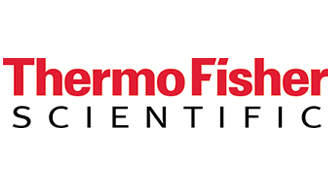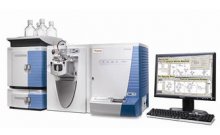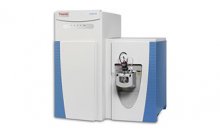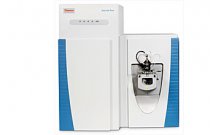使用氢/氘交换和高分辨质谱测量法莫替丁和阿奇霉素离子形成机制
简介:
Famotidine is in a class of medications called histamine H2-receptor antagonists and is being used to treat ulcers and gastroesophageal reflux disease.[1] Azithromycin (Zythromax) is a semi-synthetic macrolide antibiotic which is effective against a wide variety of bacteria organisms. Azithromycin has a long half-life allowing for once a day dosing and for shorter treatment courses for most infections.[2]
Mass spectrometry has played a significant role in the quantitative analysis of famotidine and azithromycin. However, detailed CID studies of these drugs have not been reported. The present study was conducted to assess the structures and mechanisms of formation of principal fragment ions in the ESI mass spectra of these three drugs. The CID mass spectra of famotidine and azithromycin and their corresponding deuterated analogs have been studied in both positive and negative ion modes. Decomposition mechanisms are proposed for the principal fragment ions using H/D exchange and the combination of multiplestage CID at low collision energy with high-resolution mass measurement. The mass spectra of famotidine and azithromycin can serve as useful models for structural determination of chemically or biologically modified famotidine and azithromycin or related compounds.
仪器:Thermo Scientific TSQ Quantum mass spectrometer
结论:Protonated famotidine dissociates primarily through loss of NHSO2 to give rise to the fragment ion at m/z 259 which dissociates through two competitive fragmentation pathways; loss of NH3(ND3) and elimination of C3H6N2. CID mass spectrum of [M-H]– ion show the loss of H2NSO2NH2 (D2NSO2ND2) and subsequent loss of C3H3N as primary dissociate pathways. The fragment ion at m/z 95(98) was also detected in the mass spectrum and corresponded to H2NSO2NH–. Subsequent loss of NH3(ND3) gave rise to the fragment ion at m/z 78. For protonated azithromycin, elimination of H2O and successive loss of the two sugar moieties were the major fragmentation pathways. The CID mass spectrum of the [M-H]– of azithromycin was very similar to that of the protonated species and showed successive loss of the two sugar moieties as the major dissociation pathways. The TSQ Quantum Ultra AM mass spectrometer system was designed to provide superior performance, while maintaining a level of flexibility not encountered on similar platforms.




